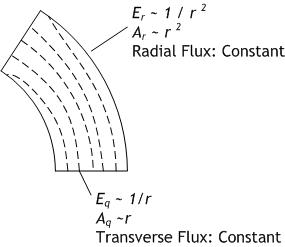
Today I will present a Lunch-N-Learn seminar to the Central Indiana Section of the IEEE this Monday, September 21, at 11:00 am to 1:00 pm. His talk is hosted by Frost Brown Todd, LLC in downtown Indianapolis. Register here.
My talk, Energy Flow in Reactive Fields, proposes a novel definition of near or reactive fields by reference to the electromagnetic Lagrangian and reviews basic concepts including energy velocity, energy flow, and impedance from a reactive perspective. Schelkunoff’s 1-D transmission line concept serves as a simple conceptual framework within which to understand the behavior and motion of energy in the context of opens, shorts, and other basic examples. Application of these concepts to the dipole fields reveal fundamental properties of small antennas including quality factor and gain limits. Finally, these ideas have practical applications in understanding the different behavior of electric and magnetic antennas, in determining indoor location, and elsewhere in physics.
As a graduate of Purdue University with degrees in Industrial Engineering and Physics, I’m delighted to be back home again in Indiana, at least for the day.
My slides are embedded below or available from Prezi at the link.


